Position 4 in Dota 2 remains one of the game's most dynamic yet challenging roles as of 2025, blending support duties with aggressive playmaking that dictates match tempo. Unlike the babysitting-focused Position 5, this role demands constant map awareness, calculated risks, and the ability to transform into a secondary initiator during critical moments. Players must juggle harassment, vision control, and rotations while adapting to ever-shifting meta dynamics—a balancing act requiring sharp decision-making and game sense honed through practice. The payoff? Turning chaotic team fights with well-timed disables or securing game-changing pickoffs that propel your team toward victory. 🎮
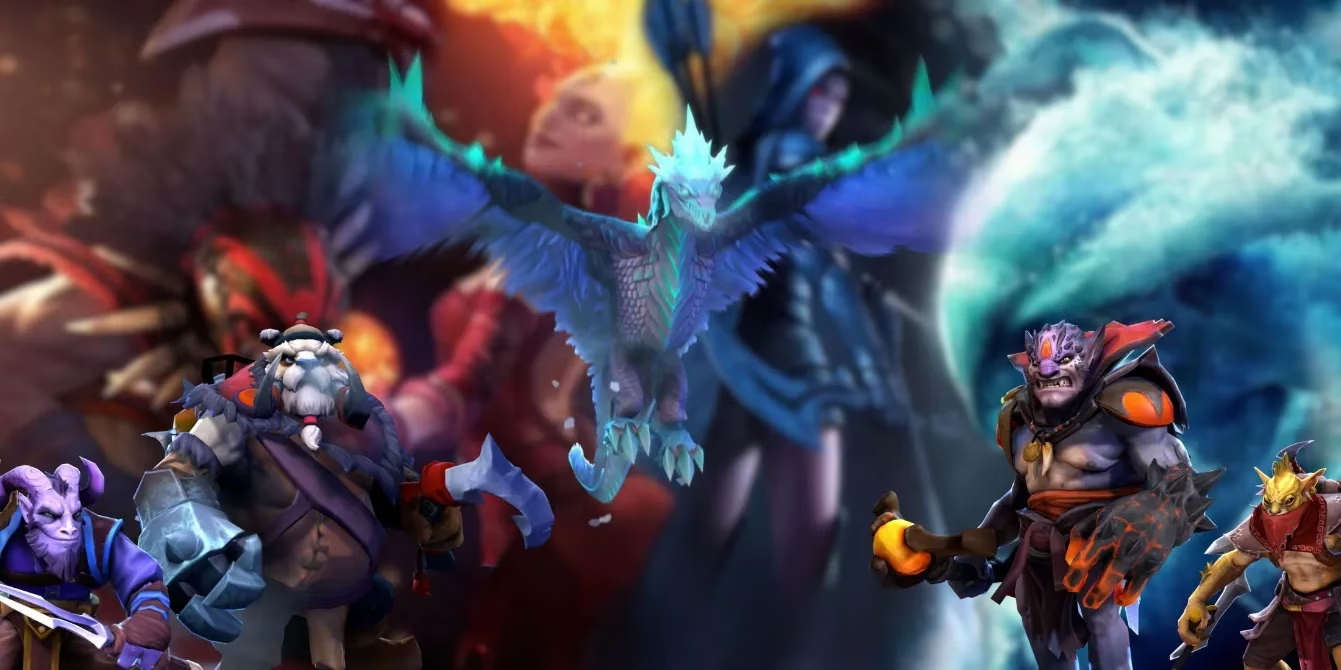
Dominating the Laning Phase
Position 4 thrives in the offlane alongside the Position 3 core, where early aggression sets the tone. Against the enemy safelane duo, prioritize disrupting equilibrium—harass the carry when possible while contesting pull camps and securing every Healing Lotus at 3:00 and 6:00. In favorable matchups, aggressive positioning zones out the enemy Position 5; in tougher lanes, defensive plays like stacking hard camps or side-pulling waves maintain creep balance near your tower. Securing the 7:00 Wisdom Shrine remains non-negotiable for sustain advantages.
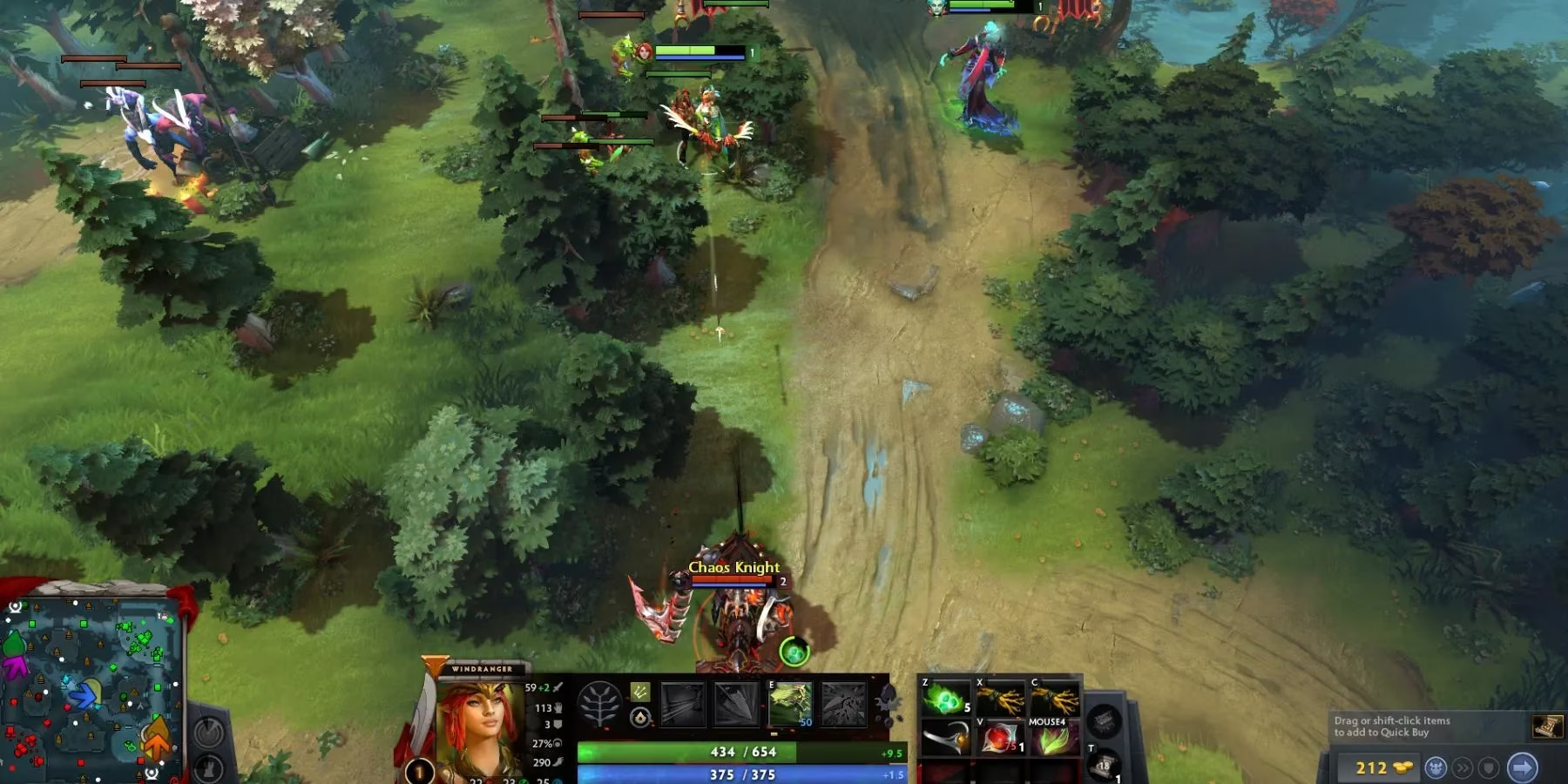
Strategic Rotations and Map Impact
While laning anchors the early game, timely rotations define elite Position 4 play. The 6:00 Power Rune spawn demands presence near mid—assist your Position 2 in securing it or ganking. Twin Gates enable swift rotations to safelane for kill attempts, though returning promptly to support your offlaner prevents momentum loss. Remember: overstaying drains resources; effective rotations are surgical strikes, not prolonged vacations. Prioritize high-value movements like smoke ganks or Tormentor contests post-laning.
Initiation and Item Synergy
Most meta Position 4 heroes possess innate playmaking tools amplified by intelligent itemization. Blink Dagger transforms initiators like Tusk or Windranger into teamfight disruptors, while Glimmer Cape boosts survival for heroes such as Winter Wyvern. Item choices must serve the team, not personal damage: Gleipnir or Mage Slayer on Hoodwink suits damage-deficient lineups, whereas Lotus Orb or Force Staff protects vulnerable cores against burst. Flexibility is key—build reactively, not rigidly.

Vision Control and Objective Pressure
Despite scaling potential, warding remains a core duty. Position 4’s roaming nature provides superior map insight—place Observer Wards during movements to enable future kills or objective takes. Use vision to coordinate smoke ganks targeting enemy carries or to control Roshan pit timing. Key areas:
-
Enemy jungle choke points
-
River ramps
-
Tormentor zones
Vision isn’t just defensive; it fuels offensive tempo.
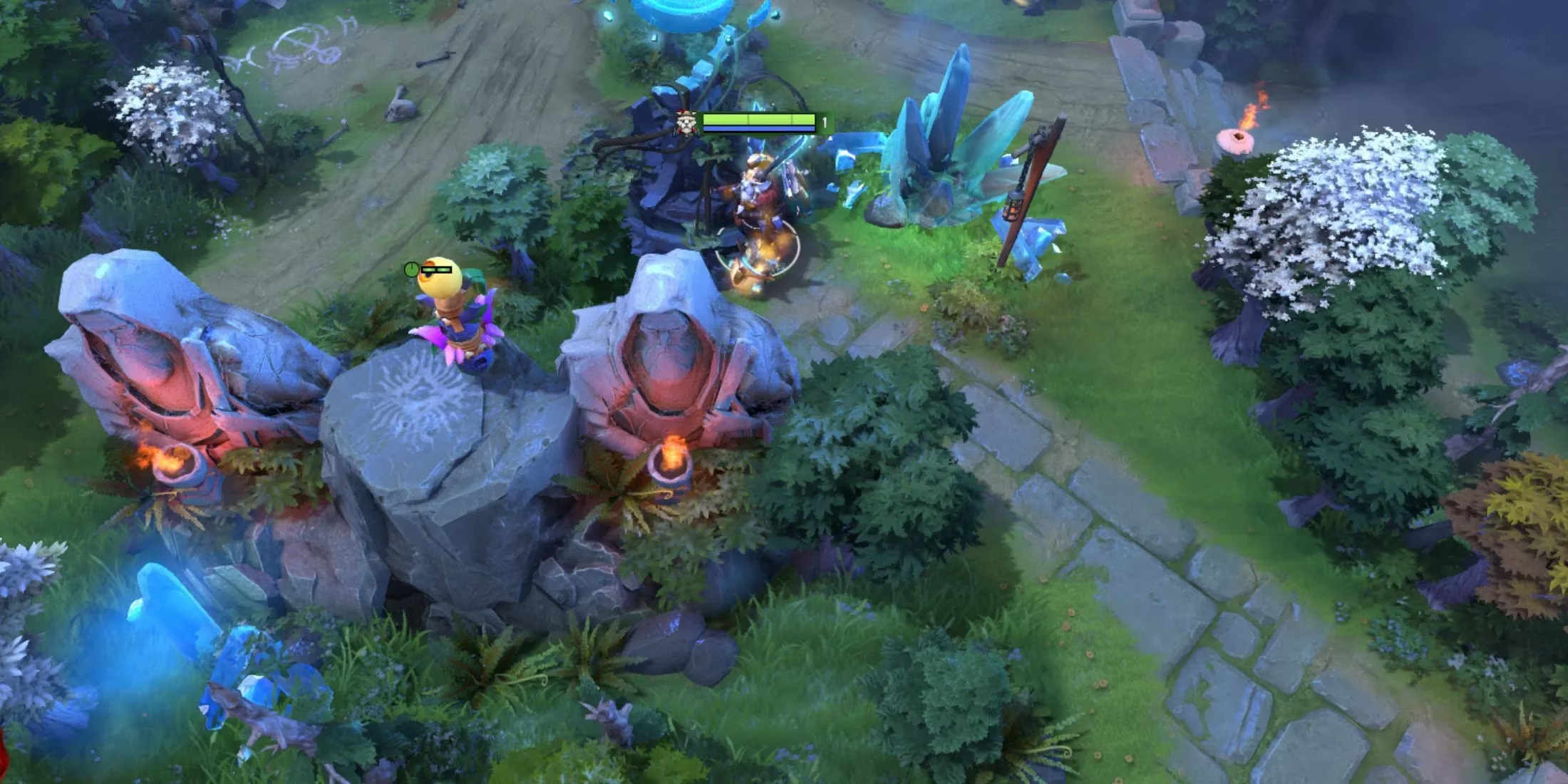
Meta Heroes for Position 4
Current patch 7.38d favors versatile supports with strong laning and teamfight utility. These three heroes excel:
Lion
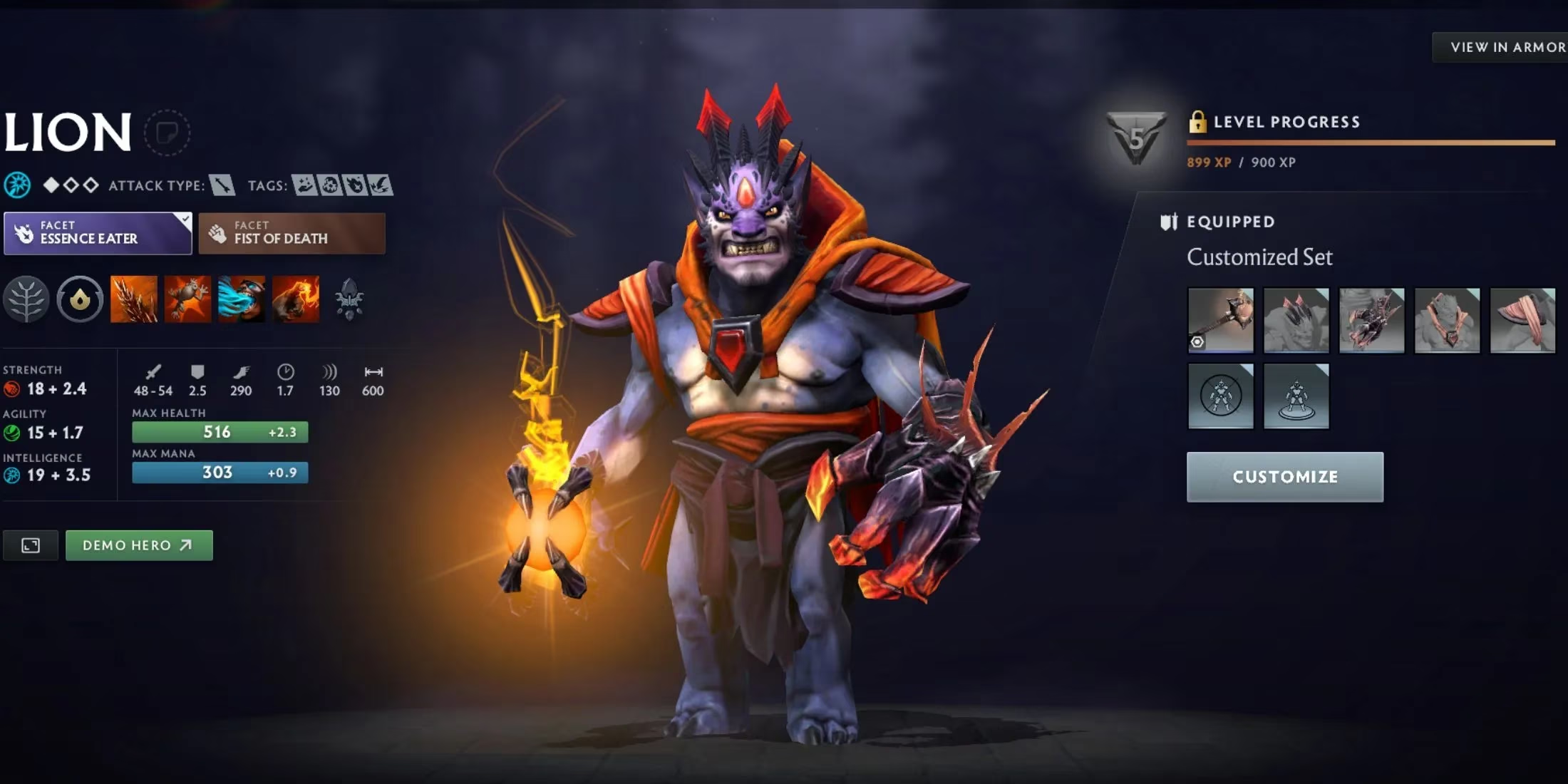
Lion dominates lanes with Earth Spike and Hex, spiking at level 3. Mana Drain harasses relentlessly, while Finger of Death threatens kills post-6. Blink Dagger mid-game enables backline pickoffs—just manage his fragile health pool. Ideal against mobility-reliant cores.
Jakiro

Facet changes skyrocketed Jakiro’s win rate. Ice Path and Dual Breath control lanes, while his bulkier frame trades better than Lion’s. Delayed spell animations demand anticipation; compensate with Aether Lens or save items (Glimmer/Force Staff). Excels in prolonged fights and area denial.
Mirana
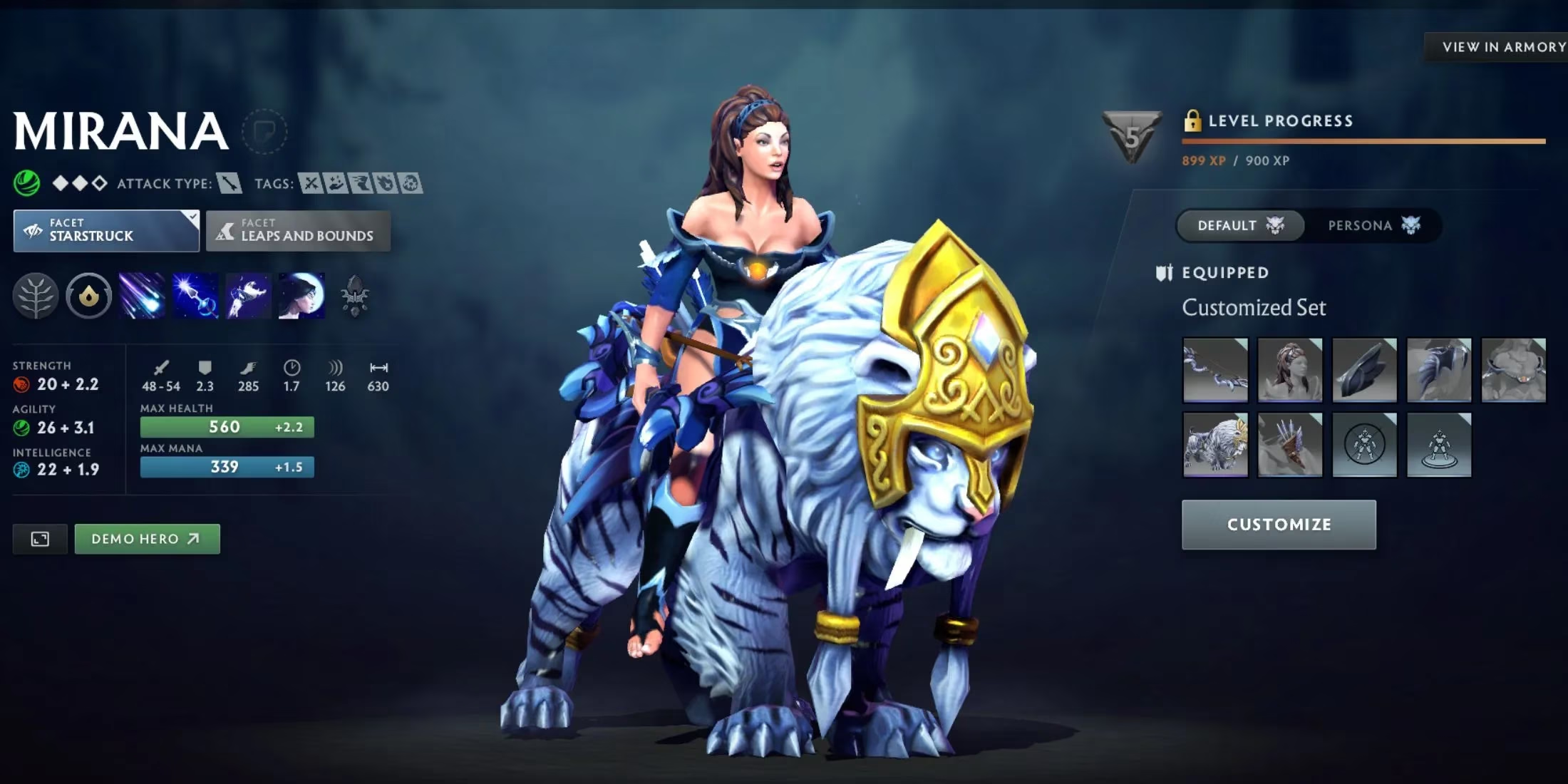
Sacred Arrow demands setup but devastates when landed. Starstorm pokes effectively, and Leap provides escape flexibility. Moonlight Shadow’s team invisibility enables aggressive warding or surprise initiations—perfect for meta skirmishes. Pair with lockdown-heavy offlaners for maximum impact.
People Also Ask
- What distinguishes Position 4 from Position 5 in 2025?
While both supports, Position 4 roams aggressively to create space, whereas Position 5 prioritizes core protection and stacks. Item builds also diverge—Position 4 often invests in playmaking tools like Blink.
- How crucial are Healing Lotuses for Position 4?
Securing both early Lotuses (3:00/6:00) can swing lane sustainability, enabling continued pressure or recovery from bad trades. Ignoring them risks losing lane momentum.
- When should a Position 4 abandon laning?
Rotate if your offlaner self-sustains or other lanes offer higher kill potential (e.g., mid matchup favors ganks). Always assess risk vs. reward—failed rotations cripple your core.
- Is farm priority important for Position 4?
Gold accelerates impact but shouldn’t compromise duties. Prioritize bounty runes, assist kills, and snag uncontested lane farm during rotations—never AFK jungle.
Mastering Position 4 requires embracing chaos—experiment with heroes, refine rotations, and remember: your decisions ripple across the map. 🧠 Start with Lion or Jakiro, then evolve toward nuanced picks like Mirana as game sense sharpens. What playstyle will define your journey?